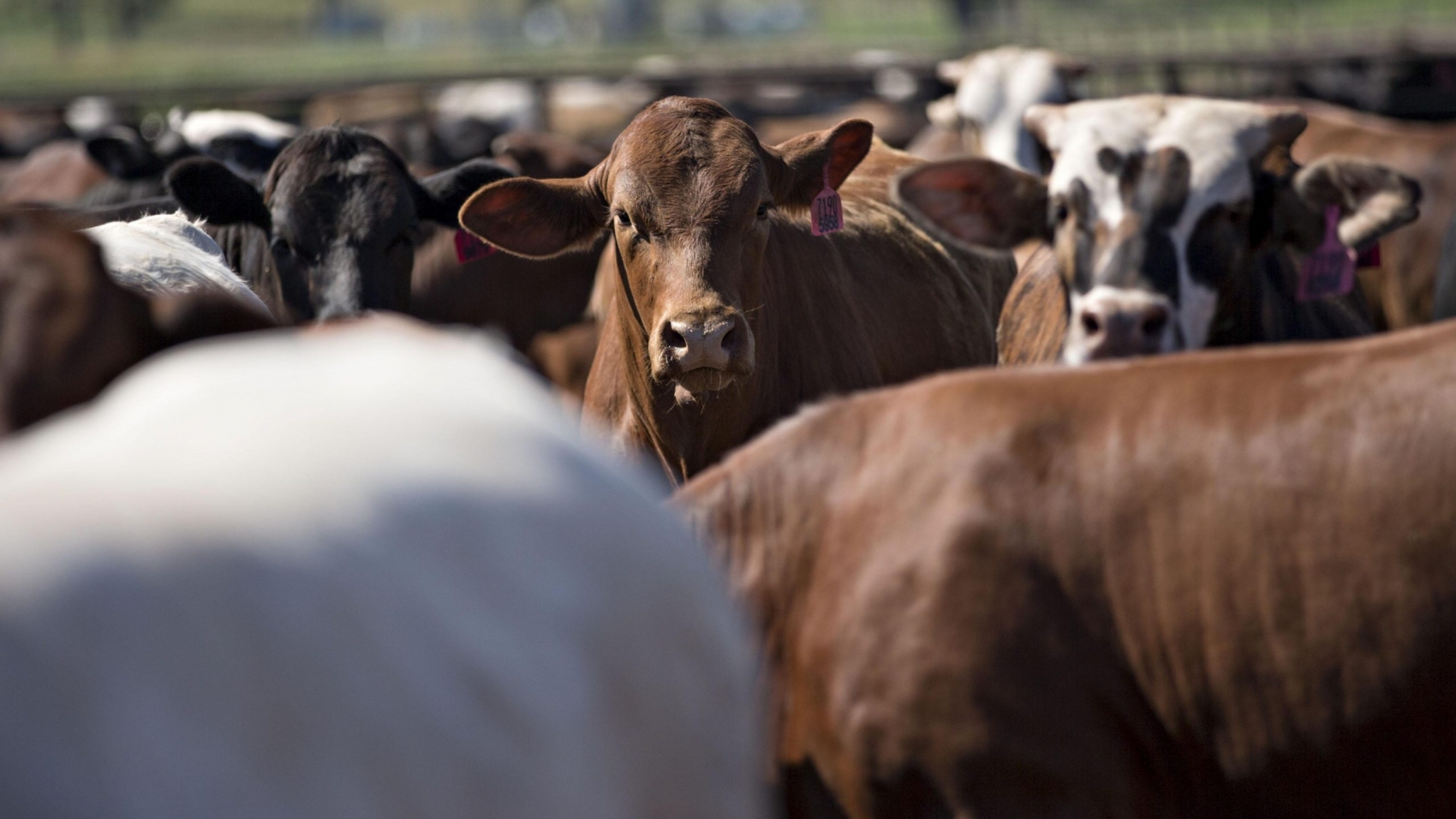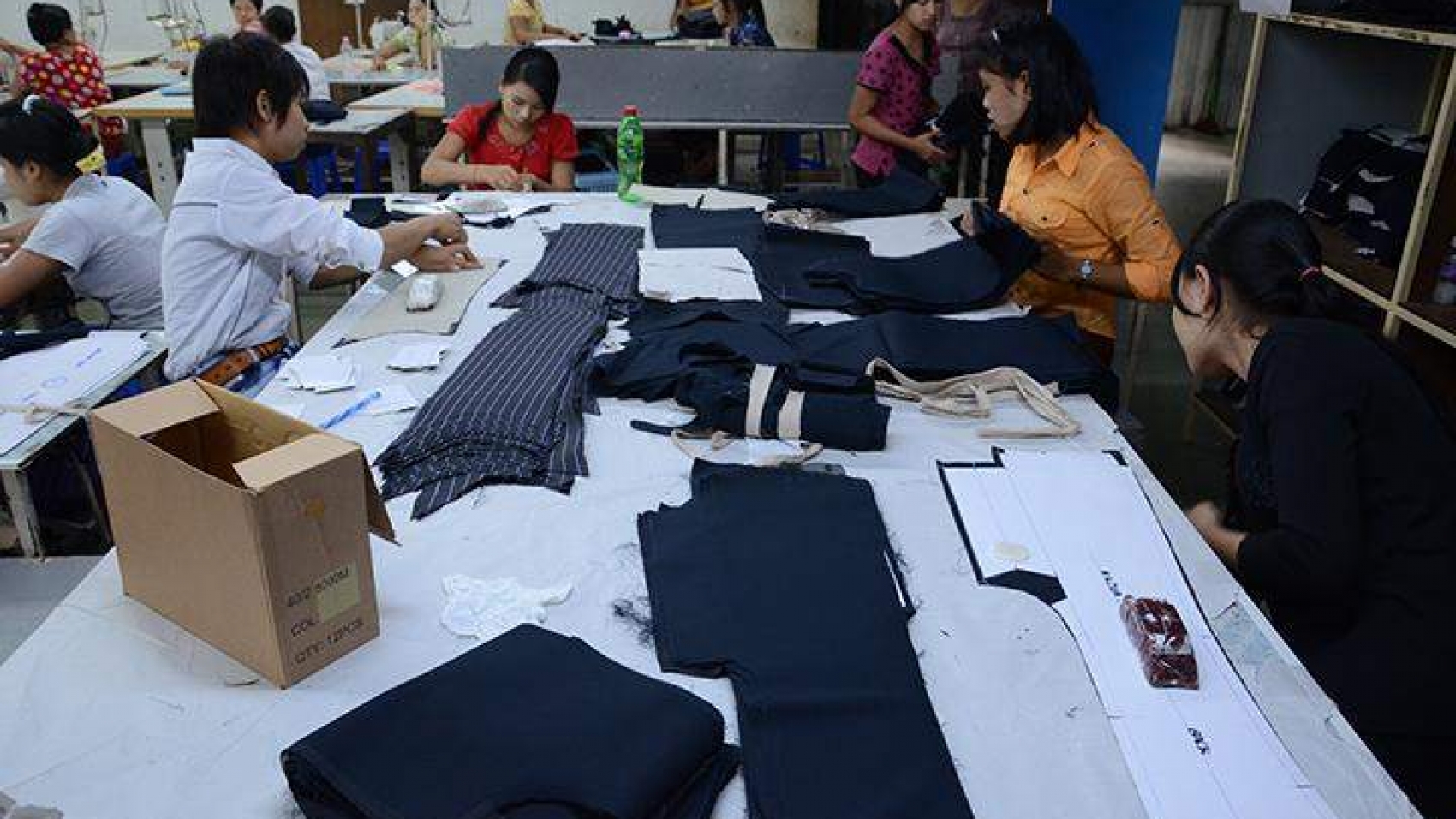According to the Central Statistics Office, 9,366.35 million kilowatt-hours were generated from hydropower in the 2019-2020 fiscal year, compared to hydropower generation, which accounted for the largest annual increase in Myanmar’s electricity generation. In the 2019-2020 fiscal year, 9,366.35 million kilowatt-hours will be generated from hydropower. 11618.21 million kilowatt hours from natural gas; In the 2018-2019 financial year, 11227.82 million kilowatt hours from hydropower; 9366.56 million kilowatt hours from natural gas; In the 2017-2018 financial year, 11,265.03 million kilowatt hours from hydropower; 7,459.22 million kilowatt-hours from natural gas; In the 2016-2017 fiscal year, 10441.61 million kilowatt hours from hydropower; Natural gas produces 17577.56 million kilowatt hours.
In the 2019-2020 fiscal year, 3,225 megawatts of hydropower will be generated from energy sources. 2773 MW from natural gas; 40 megawatts of solar power; According to the Ministry of Power and Energy, LNG has generated 900 megawatts and coal from 120 megawatts for a total of 7,058 megawatts. Hydropower accounts for 46% of total electricity generation; 39% from natural gas; 13% from LNG; One percent is made from solar and two percent from coal. 3181 MW from the 2015-2016 fiscal year; 1752 MW from natural gas; Coal generates 120 megawatts for a total of 5,053 megawatts. 63% from hydropower; 35% from natural gas and 2% from coal.
In the 2018-2019 fiscal year, 11227.82 million kilowatt-hours will be generated from hydropower generation. 9366.56 million kilowatt hours from natural gas; 2,169.70 million kilowatt hours from steam; Diesel generates 104.73 million kilowatt hours. In the 2017-2018 financial year, 12,265.03 million kilowatt hours from hydropower; 7,459.22 million kilowatt-hours from natural gas; 1,080.60 million kilowatt hours from steam; Diesel generates 77.55 million kilowatt hours. In the 2016-2017 financial year, 12,265.03 million kilowatt hours from hydropower; 7,459.22 million kilowatt-hours from natural gas; 1,080.60 million kilowatt hours from steam; Diesel generates 1.55 million kilowatt hours.
The annual capacity generation of the Ministry of Electricity and Energy was 15965 million units in the 2015-2016 fiscal year. 17867 million units in the 2016-2017 financial year; In the fiscal year 2017-2018, million units 200555; Production increased to 228,799 million units in the 2018-2018 fiscal year and 27,300 million units in the 2019-2020 fiscal year. If we look at the per capita electricity consumption increase year by year, the fiscal year 2015-2016 was 263 kWh; 301 kWh in the 2016-2017 financial year; 335 kilowatt hours in the 2017-2018 fiscal year; In the 2018-2019 fiscal year, it was 379 kilowatt hours and in the 2019-2020 fiscal year, it increased to 432 kilowatt hours, and in five years it increased to 169 kilowatt hours, according to the Ministry of Power and Energy.
Source: Daily Eleven


